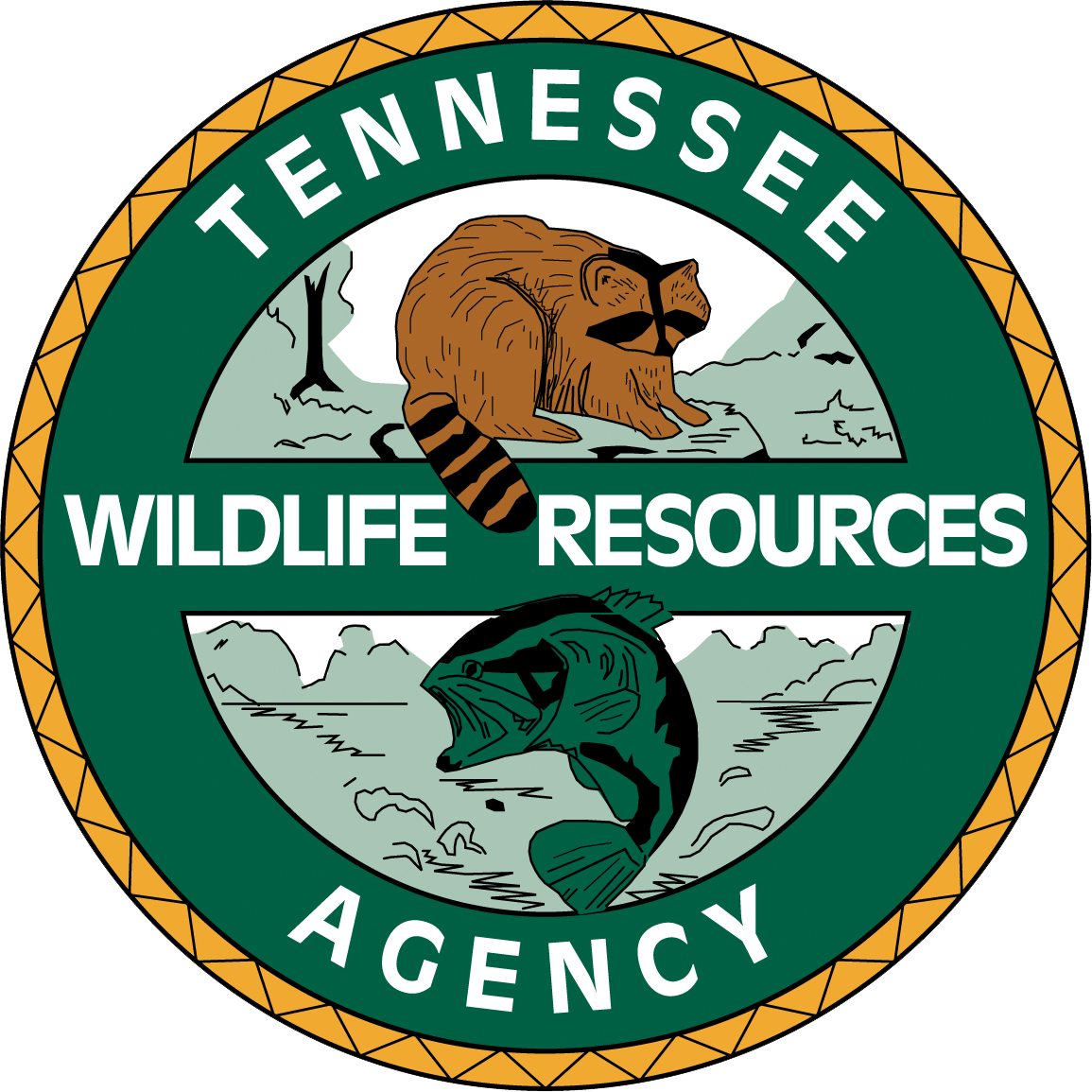Our region is graced with nature's beauty. The lush landscapes are home to various wildlife species, making the area even more picturesque. However, while these creatures are a delight to observe in the wild, their intrusion into our personal spaces can lead to numerous challenges. This is where wildlife exclusion comes into play. It's not just about keeping these animals out, but also ensuring their safety and well-being. At Zombie Wildlife, we stress the importance of handling wildlife intrusions promptly and with the utmost professionalism.
Wildlife intrusions aren't just a simple nuisance; they can lead to significant property damage. Beyond physical damage, there's the looming threat of health hazards. Animals can be carriers of diseases, which could pose risks to humans when they come into close contact. From chewed wires which can spark fires, to health risks like rabies, the potential challenges are manifold. Furthermore, damage from wildlife can be a significant financial burden for property owners.
Reports indicate that homes and businesses have experienced disruptions from animals like raccoons, squirrels, and bats more frequently than before. These statistics underscore the vital importance of having professional wildlife exclusion services like ours at the forefront.
Zombie Wildlife's Exclusion Approach
Our process is meticulously designed, starting with a comprehensive property assessment to identify any vulnerabilities. Following this, we employ a mix of humane trapping techniques, exclusion devices, and habitat modifications. For instance, we use one-way doors, allowing animals to exit without re-entry. Another effective strategy involves mesh screens, which act as barriers against future invasions. Habitat modification involves removing factors that attract wildlife, such as easily accessible food sources or sheltering spots.
It might be tempting to address wildlife intrusions on your own, but it's essential to consider the long-term efficacy and humane treatment of animals. Zombie Wildlife brings a wealth of experience to the table, ensuring that wildlife is not only kept out but is also treated with kindness and respect. Our methods guarantee solutions that stand the test of time, minimizing potential property damage in the long run.
Our region hosts a variety of wildlife species. Raccoons, for instance, are known to rummage through garbage, potentially scattering waste. Skunks pose a distinct challenge with their notorious odor, especially if startled. Squirrels, though generally non-aggressive, can chew through essential property elements, like electrical wires. Bats, on the other hand, can lead to health concerns given their potential as disease carriers. Each of these animals, with their unique habits, requires a tailored exclusion strategy, and that's exactly what we offer.
FAQs
Q1: Why not use repellents instead of professional exclusion services?
A1: While repellents can deter animals for a short time, they don't offer lasting solutions. Over time, wildlife can grow accustomed to these repellents, rendering them ineffective. Our exclusion methods ensure a more permanent resolution.
Q2: How does Zombie Wildlife guarantee the humane treatment of animals?
A2: Our team undergoes rigorous training to use techniques that prioritize the welfare of animals. We emphasize safe exit methods and avoid any procedures that could harm or stress them.
Q3: Can wildlife find their way back after the exclusion process?
A3: Our comprehensive approach focuses on both immediate resolution and future prevention. By sealing entry points and modifying habitats, we greatly reduce the chances of wildlife returning.
In conclusion, wildlife exclusion is not just about ensuring the safety of human habitats but also about coexisting with nature responsibly. Zombie Wildlife is committed to providing residents with top-notch exclusion services, guaranteeing peace of mind. If you face any wildlife concerns, do not hesitate to
contact us.
All Rights Reserved | Zombie Wildlife





